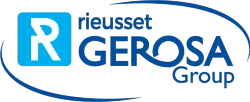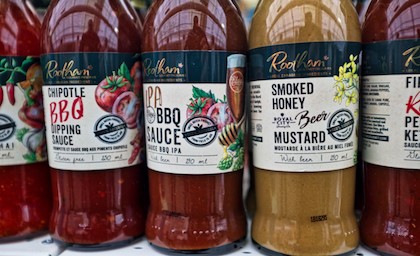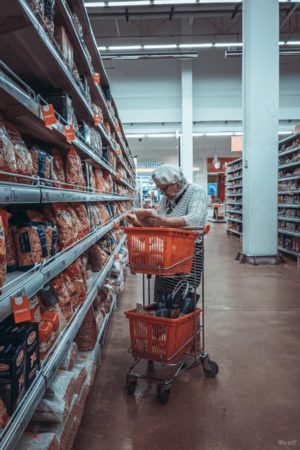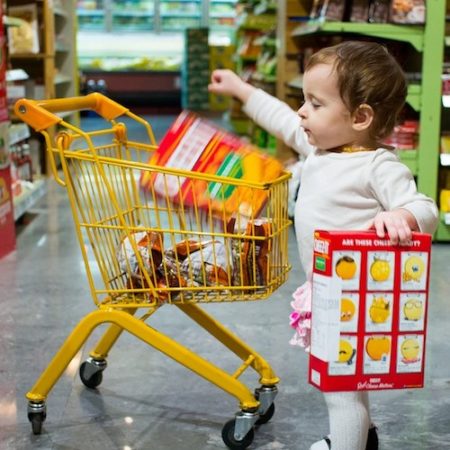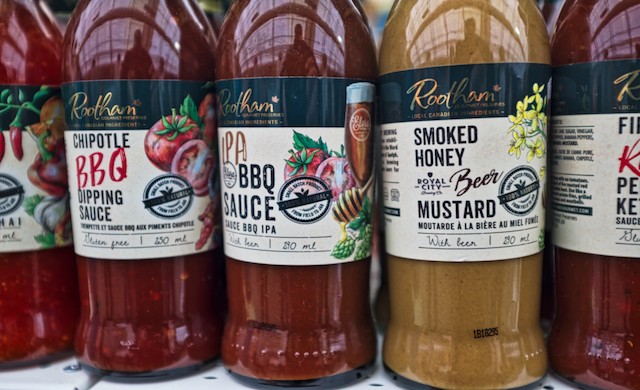
25 Feb What do consumers expect from food labels?
When we read an article about the origins of some of the products we habitually use, we are surprised by the fact that they have emerged not more or less recently, but sometimes hundreds or even thousands of years ago. It amazes us that certain articles were already being used in antiquity, because we tend to think that everything that is useful for us nowadays must be of recent origin.
This is what happens, for example, with something as “modern” as food labels. They are actually not modern at all (at least with regard to their concept), seeing that our ancestors were already using them a long time ago.
Food labels: the origin
The Real Academia Española (Spanish Royal Academy) defines a label as “a piece of paper, cardboard or other similar material, generally rectangular, which is placed on an object or merchandise for its identification, appraisal or classification.”
Nowadays, everybody knows what a label is, since we see them hundreds of times per day. In fact, food labels have become indispensable elements in the current consumer market.
So, who would have imagined that in ancient times some foods were already being “labeled?” To those who think that “everything” has been invented by the modern generations, we can say that the Phoenicians, the Greeks and the Romans were ahead of us in quite a lot of things. These great traders of ancient times received and sent vast amounts of products to remote places, often to the other side of the Mediterranean, wherefore they acquired the custom of sealing the amphoras in which they transported wine, oil, cereals and other articles, indicating on them the date of storage, the name of the product, its origin, weight… etc. Also, the Syrians and the Egyptians edited manuscripts to describe the quality and characteristics that certain goods needed to have. And in more recent times, in the 18th and 19th centuries, many states (such as the Austro-Hungarian Empire), edited norms and detailed descriptions of many products, so that the buyers could familiarize themselves with these and avoid the all too customary fraud.
What do food labels conceal?
Nowadays, nobody doubts the importance of food labels, since they give us the confidence of knowing what exactly it is that we are buying. Nobody in their right mind would consider buying an unlabeled product –who knows what it might contain! Furthermore, Spanish legislation requires all packaged foods to contain obligatory information, which must be included directly on the packaging or on the labels that are affixed to them. This information is the following: name of the food, list of ingredients, allergens, net product amount, expiration date, storage conditions, manufacturer, place or country of origin, instructions for use, nutritional information and lot number.
In the case of many smaller size products, it seems incredible that so much information can be included in so little space.
The information on food labels has never been as complete as it is in the present day. And never before have consumers paid as much attention to the labels on the foods they are about to buy, above all when purchasing something for the first time. In fact, according to a study carried out by Info-Retail, (a magazine that specializes in supplying information about the mass market), 90% of consumers read food labels before buying. This figure reaches 100% when they are conditioned by some special circumstance, such as being on some type of diet, or in the case of food allergies or intolerances. This study also tells us that there are three points that interest the average consumer the most: the ingredients, the expiration date and the nutrition table.
Consumers’ requirements for labeling
What are the requisites of a good label in order to satisfy the needs of an increasingly demanding public with regard to the information it receives and the quality of what it buys? What does the current consumer look for in food labels? These questions can be answered with just one word – consumers nowadays want it ALL.
Whenever we pick up a supermarket product and turn it around to read the label, we want to see all the detailed information: its ingredients, the calories it contains, whether it has allergens… We also expect everything to be provided in an understandable manner so that reading it does not present a problem for us. It goes without saying that we do not admit any misleading terminology. And if in addition to all that, the lettering is large enough so that we can read it without having to carry a magnifying glass in our pocket, then so much the better.
But that is not all. Although it might seem unbelievable, our demands as consumers have gone one step further lately, and we not only require food labels to give us clear, accurate and detailed information, we also look for an added plus: the esthetic factor. We want the label to call our attention – to make us fall in love at first sight. This is precisely what has converted food labels into a powerful marketing tool, since when they are able to capture our interest, they can generate in us what is called “impulse buying.” This is something to which all of us consumers have fallen prey more than once.
Who has never put some product that was not on the shopping list into their supermarket shopping cart, just because of how much its label called our attention? Its color, shape, design, the way it advertises its contents… It is all studied so that this article may enter our homes, perhaps even to become a product we and our families will end up using habitually.
What elements make up the perfect label?
It must be kept in mind that in the labeling world everything (or almost everything) has been studied already. That is why the product name usually appears written in letters that are big enough so that we can read it from a certain distance. And if on top of that, three or four words are added to the packaging with messages that catch our attention, like “100% natural,” “organic,” “no added sugar,” “low in calories”… etc., a large part of the job has already been done.
The market is full of good examples of food labels. From packet soups, canned tuna or bottles of oil, to yogurt, snacks, cookies, cereal… and so on for an almost endless number of products.
Nowadays, consumers who are about to purchase a food product want to be able to read what they are going to eat. And if a label has the right image, it will call their attention better than any other label of the same type of product. For this reason, manufacturers need their labels to have the perfect combination of elements, so that their products are successful: information, originality, design… and a touch of persuasion.
What does Rieusset do in this regard?
At Rieusset we have been making food labels for many years. At present, 38% of our total production of labels and flexible packaging encompasses this sector, with 31% being flexible packaging for ice cream, cookies, chocolate and pastries; the remaining 7% is labels and sleeves for dairy products, mozzarella and fruit juices.
Speaking in terms of the product, at Rieusset we work based on what the customer requests, and we supply labels and flexible packaging for food following the requirements and requests with regard to the esthetics, as well as in the area of food safety and sustainability.
- Esthetics: we have a rigorous design approval system; high quality printing in terms of text, symbols and colors; consistent quality in each run from beginning to end (using rotogravure printing); the possibility for personalization of designs using offset digital technology, etc.
- Food safety: we comply with the current legislation with regard to materials in direct contact with foodstuffs, and we are also certified for the international food safety norms, through which we certify that all parts of the process are under control and we assure total product traceability.
- Committed to the environment: we develop projects geared toward innovation and sustainability. Therefore, in raw materials we try to reduce the weight of the packaging and/or label to a minimum, offering materials with lower grammage/thickness; innovative solutions such as Linerless self-adhesive labels; or by going from laminated structures to mono-layer; we offer sustainable materials (PLA Sleeves, which are more recyclable), we substitute plastic with paper in flexible packaging, and in paper labels we use paper with a recyclable base and which comes from responsibly managed forests (FSC Certification).
Do you need a label for your food products? Don’t wait any longer! Contact us so that we may design your best label.
| We Manufacture: | Meet Rieusset: |
